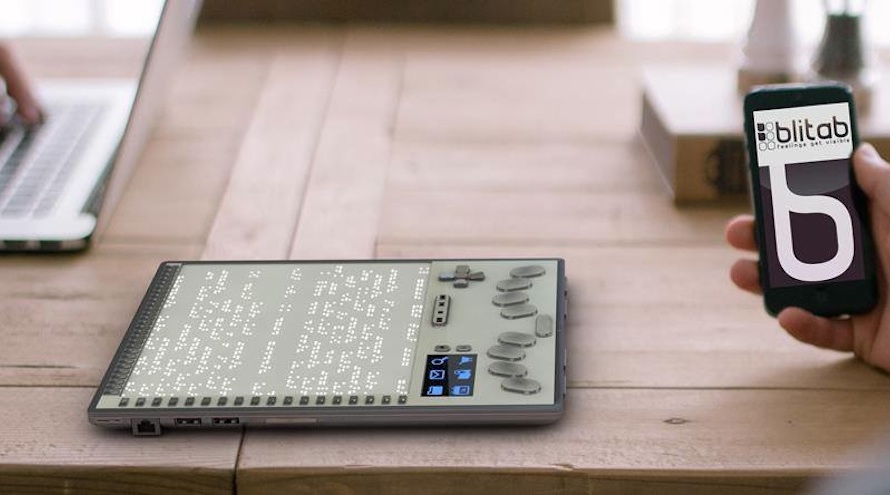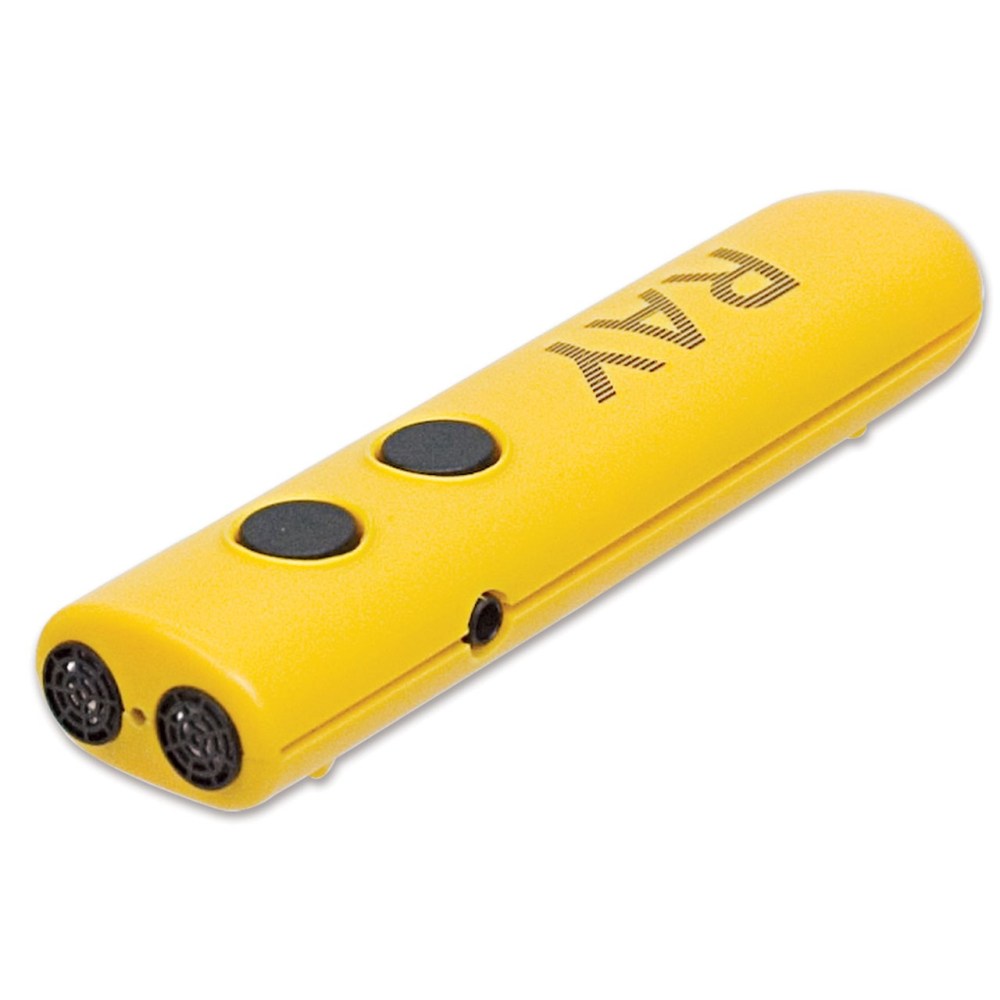Voice-Activated Assistive Devices: Enabling the Visually Impaired
Wiki Article
Empowering Freedom With Assistive Modern Technology for the Blind
The integration of assistive technology right into the lives of individuals with aesthetic disabilities stands for a significant improvement in promoting self-reliance and self-sufficiency. From cutting-edge display readers to innovative wise walking canes, these devices not just boost everyday navigating and communication but also empower users to involve meaningfully in various facets of life. As we check out the myriad benefits and real-world applications of these innovations, it comes to be important to take a look at the underlying aspects that add to their performance and the capacity for future developments in this important area.Overview of Assistive Technology

The development of assistive technology is grounded in concepts of inclusivity and empowerment. Developments in software program, equipment, and sensory enhancements provide individuals with alternatives tailored to their certain requirements. From display viewers that transform text to speech, to tactile gadgets that share info through touch, these devices transform the way people engage with their environments.
Along with practical applications, assistive innovation cultivates greater social incorporation and engagement in various markets, consisting of education and learning and employment (Mobility aids for visually impaired users). As research and development continue to advance, the potential for assistive technology to additionally boost the lives of aesthetically damaged people stays promising, paving the method for an extra fair society where everyone can grow
Kinds Of Assistive Instruments
A range of assistive tools have actually arised to sustain individuals with aesthetic impairments, each made to fulfill specific demands and enhance day-to-day functioning. These tools range from low-tech services to state-of-the-art developments, providing diverse choices for users.Low-tech devices include magnifiers and large-print products that assist in reading and writing. Braille devices, such as Braille stylus pens and slates, enable responsive analysis and interaction. Alignment and movement aids, like white walking canes, aid individuals browse their atmosphere securely.
On the greater end of the spectrum, electronic magnifying systems and display visitors supply substantial support. Digital magnifiers allow customers to enlarge text and images on screens, while screen viewers transform digital web content into synthesized speech, promoting accessibility to details on computer systems and mobile phones.
Mobile phone applications likewise play a vital role, providing functions like text acknowledgment and navigation help. Wearable technology, such as clever glasses furnished with augmented truth, is arising as a promising device to improve situational awareness.
Benefits of Assistive Technology
The integration of assistive technology significantly boosts the high quality of life for individuals with aesthetic impairments. These innovations equip customers by promoting freedom, enabling them to navigate their atmospheres much more properly and do daily tasks with greater convenience. For example, screen visitors and magnifying software program allow individuals to gain access to electronic information, promoting educational and expert opportunities that may have formerly been out of reach.In addition, assistive devices such as wise walking sticks and general practitioners applications supply real-time navigating support, enhancing flexibility and safety. This raised freedom not just improves self-esteem yet also motivates social involvement, allowing individuals to get involved even more completely in their communities.
Assistive modern technology also promotes interaction, helping individuals attach with others with voice acknowledgment and text-to-speech applications. This capacity is essential for maintaining connections and accessing crucial information.
Additionally, the modification options available with numerous assistive technologies make sure that individuals can tailor gadgets to their certain demands, even more enhancing use and performance. Overall, the benefits of assistive modern technology for people with visual impairments are profound, promoting a more comprehensive society where everybody can pursue their goals and goals.
Situation Studies and Success Stories
Highlighting the transformative impact of assistive technology, countless situation studies show exactly how individuals with aesthetic impairments have efficiently integrated these devices into their lives. One compelling example includes a college trainee who utilized screen analysis software to browse scholastic materials and online sources properly. This modern technology not just promoted her education and learning but also boosted her self-confidence in taking part in conversations and group tasks.An additional study features a professional that employs a mobile phone application made for navigation and things acknowledgment. By using this app, he has actually regained freedom in both his personal and workplace, allowing him to commute individually and involve with colleagues better.
Furthermore, a retiree shared her experience with braille e-readers, which allowed her to access a vast range of literature and stay attached with her neighborhood through book clubs.
These success stories highlight Visit Website the vital function of assistive technology in fostering self-reliance, improving quality of life, and advertising social assimilation for individuals with visual impairments (Mobility aids for visually impaired users). By accepting these cutting-edge devices, customers can get rid of challenges and confiscate chances that add to their specialist and personal fulfillment
Future Trends in Assistive Modern Technology
Development in assistive innovation is poised to redefine the landscape of assistance for individuals with aesthetic disabilities. Emerging patterns highlight the integration of expert system (AI) and equipment knowing, which boost the performance of devices that aid with navigation and details ease of access. For instance, AI-driven applications are currently qualified of interpreting visual information in real-time, making it possible for individuals to involve with their setting more independently.Furthermore, the advancement of wearable modern technology is progressing quickly. Smart glasses geared up with increased reality (AR) can offer audio summaries of environments, changing how individuals engage with public spaces. These tools not just promote autonomy but likewise foster social inclusion.
Furthermore, the Web of Points (IoT) is making homes smarter, allowing for seamless connection in between everyday home appliances and assistive gadgets. This connection equips users by making it possible for automated feedbacks and voice-activated controls customized to specific demands.
Conclusion
In conclusion, assistive innovation plays a pivotal role in empowering individuals with aesthetic problems by enhancing their freedom and interaction with their environments. The diverse series of devices and applications readily available not just assists in navigation and interaction however likewise advertises social integration and chances for individual and expert development. As advancements proceed in this area, the capacity for boosting the lifestyle for those with aesthetic disabilities will certainly increase, cultivating greater autonomy and empowerment.
Report this wiki page